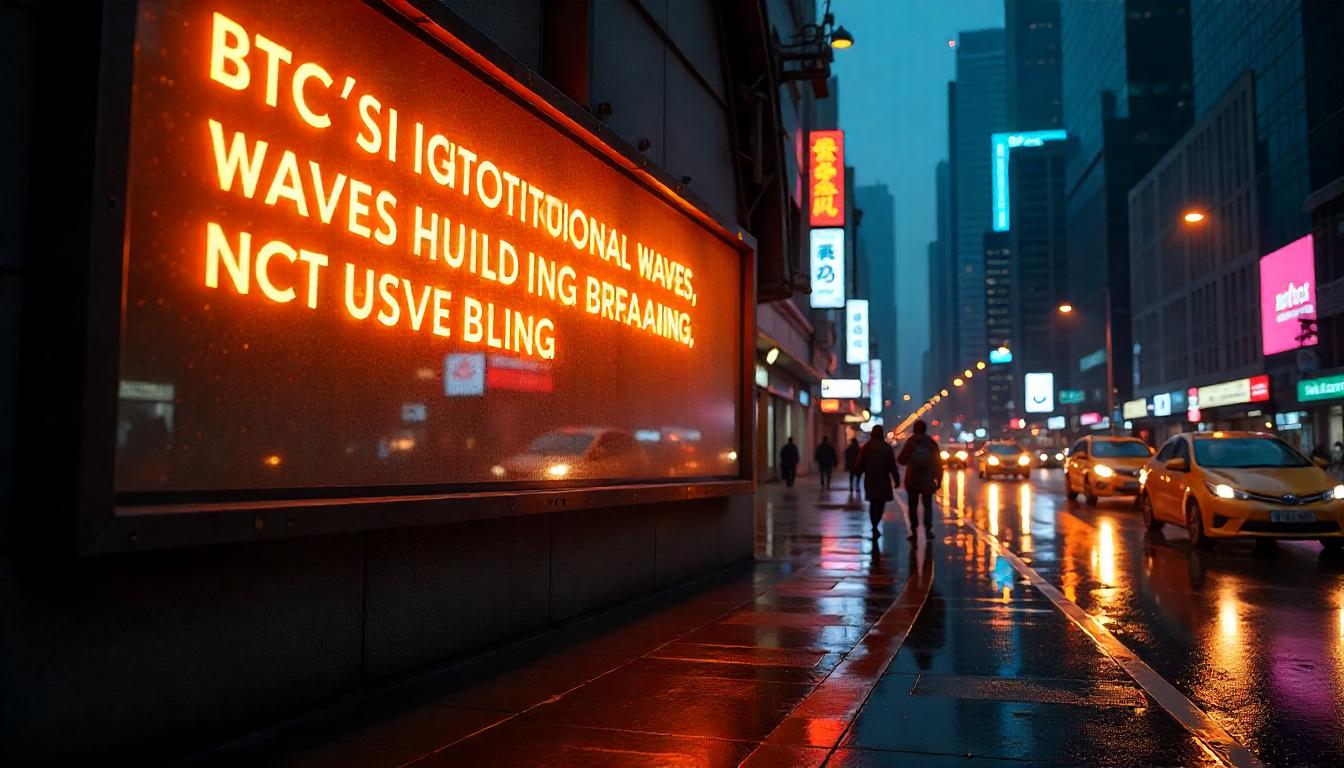Crypto Traders Seek Downside Protection as Trump’s Digital Asset Reserve Falls Short
Traders in Bitcoin (BTC), Ether (ETH), and Solana (SOL) are increasing their hedging strategies, with short-term put options now trading at a premium over calls, signaling growing caution, according to data from Block Scholes.
On Thursday, U.S. President Donald Trump signed an executive order establishing a digital asset reserve to hold confiscated BTC and altcoins. However, the reserve will not engage in new crypto purchases, dashing expectations that the U.S. government might inject fresh demand into the market.
With traders viewing this as a net neutral move rather than a bullish catalyst, options markets have reacted by pricing in greater demand for short-term downside protection, particularly in BTC, ETH, and SOL. Meanwhile, XRP has shown resilience, standing out as a relative outperformer.
Short-Term Hedging Activity Spikes
Put options, which allow traders to sell an asset at a fixed price in the future, are frequently used as protection against potential declines.
Market skew indicators—measuring the implied volatility spread between puts and calls—suggest that short-dated BTC, ETH, and SOL puts are trading at a premium, a strong sign of downside caution.
“Traders are clearly hedging against short-term uncertainty, as BTC, ETH, and SOL puts continue to trade at higher demand than calls,” said Andrew Melville, research analyst at Block Scholes. “However, beyond April, we still see bullish sentiment in BTC and ETH, while XRP options maintain a positive skew across all time frames longer than a week.”
Melville added that derivatives markets are reflecting disappointment over Trump’s reserve policy, which lacked the direct buying pressure many had anticipated.
Meanwhile, volatility levels in BTC and ETH have declined, with front-end at-the-money volatility dropping by over 10 points, indicating some stabilization after recent market uncertainty.
Eyes on Crypto Summit and Economic Data
Traders are now shifting focus to Friday’s White House Crypto Summit, hoping for regulatory clarity that could impact institutional adoption.
“This summit has the potential to be a defining moment for U.S. crypto policy, depending on whether we get concrete guidance on token classifications, taxation, and enforcement priorities,” said Ryan Lee, chief analyst at Bitget Research.
Lee highlighted key elements to watch, including comments from SEC Commissioner Mark Uyeda and potential legislative initiatives that could ease restrictions on crypto firms. A clear, supportive framework could drive a bullish breakout, while vague or restrictive policies could introduce fresh volatility.
At the same time, the upcoming U.S. nonfarm payrolls (NFP) report, due at 13:30 UTC, could influence risk sentiment across markets. Economists expect 160K job additions in February, up from January’s 143K, while the unemployment rate is projected to remain at 4%. Wage growth is expected to slow slightly to 0.3% from 0.5% in January.
A weaker-than-expected NFP report could fuel expectations for multiple Federal Reserve rate cuts, potentially boosting BTC and other risk assets.
Fed’s Policy Path Remains Uncertain
Despite growing market expectations for interest rate cuts, some analysts caution that the Federal Reserve may remain hesitant.
“Traders are now pricing in three rate cuts this year, but the Fed is likely to remain cautious, given the inflationary impact of Trump’s tariffs,” said Markus Thielen, founder of 10x Research. “It could take months for the central bank to fully evaluate the economic impact, which means rate cuts may not come as quickly as the market hopes.”
Thielen also noted that under Trump, the so-called “Fed put”—the level at which the central bank intervenes to stabilize markets—could be lower than it would be under a Democratic administration, potentially leading to higher market volatility.
With regulatory developments and macroeconomic data on the horizon, traders are closely monitoring potential catalysts that could define crypto’s next major move.





